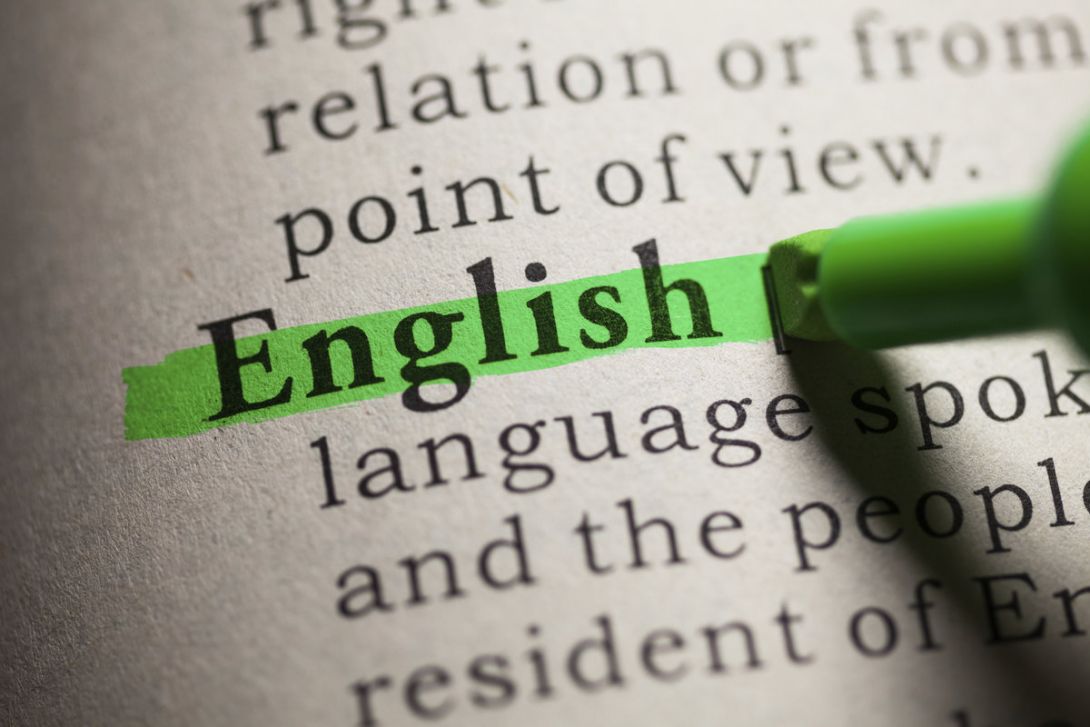AP English Literature: Advanced Poetry Analysis Techniques

In the realm of AP English Literature, the study of poetry is a captivating journey into the nuances of language, symbolism, and emotion. While basic poetry analysis provides a foundation, delving into advanced techniques elevates one's understanding and appreciation of the art form. This article explores advanced poetry analysis techniques tailored for AP English Literature students, offering insights that go beyond the surface to unravel the layers of meaning within poetic works.
I. Structural Analysis: Beyond Rhyme and Meter
A. Stanzaic Structure:
1. Explore the impact of stanza length and structure on the poem's rhythm.
2. Analyze how changes in stanza form contribute to shifts in tone or theme.
B. Enjambment and Caesura:
1. Examine the use of enjambment to create a continuous flow of ideas.
2. Explore the role of caesura in creating intentional pauses and emphasizing specific words or ideas.
C. Line Length and Pacing:
1. Analyze the significance of varying line lengths within a poem.
2. Consider how line breaks contribute to the poem's rhythm and emphasis.
II. Advanced Imagery and Symbolism Analysis:
A. Extended Metaphors:
1. Identify extended metaphors that carry throughout the poem.
2. Explore how these metaphors deepen the overall meaning and impact.
B. Symbolic Imagery:
1. Uncover symbolic imagery that goes beyond surface-level interpretation.
2. Analyze how symbols contribute to overarching themes or messages.
C. Contrasting Imagery:
1. Explore instances of contrasting imagery within the same poem.
2. Consider how these contrasts create complexity and depth in the poet's message.
III. Language and Diction Analysis:
A. Connotation and Denotation:
1. Examine the connotations of specific words within the poem.
2. Analyze how the choice of diction contributes to the poem's overall tone.
B. Juxtaposition of Words:
1. Identify instances of word juxtaposition for heightened effect.
2. Explore how the pairing of contrasting words creates layers of meaning.
C. Synecdoche and Metonymy:
1. Recognize the use of synecdoche (a part representing the whole) and metonymy (substituting one term with another closely related term).
2. Analyze how these figurative language devices enhance the poem's impact.
IV. Sound and Rhythm Analysis:
A. Alliteration and Assonance:
1. Identify instances of alliteration and assonance for auditory impact.
2. Analyze how these sound devices contribute to the poem's mood or emphasis.
B. Euphony and Cacophony:
1. Recognize instances of euphony (pleasant sound) and cacophony (harsh sound).
2. Explore how the poet's choice of sounds enhances the emotional resonance of the poem.
C. Rhyme Scheme Variations:
1. Analyze non-traditional rhyme schemes or variations within the poem.
2. Consider how these variations contribute to the poem's uniqueness and impact.
V. Contextual and Biographical Analysis:
A. Historical and Cultural Context:
1. Consider the historical and cultural context in which the poem was written.
2. Analyze how societal influences may have shaped the poet's perspective and choices.
B. Biographical Influences:
1. Explore the poet's life experiences and how they may be reflected in the poem.
2. Consider how knowledge of the poet's biography enhances the interpretation of specific themes or emotions.
VI. Comparative Analysis:
A. Intertextuality:
1. Identify references to other literary works or historical events within the poem.
2. Explore how intertextuality contributes to the layers of meaning.
B. Contrasting Poetic Styles:
1. Compare the poem's style with other works by the same poet or within the same literary period.
2. Consider how variations in style contribute to the poet's evolving craft.
Conclusion:
Advanced poetry analysis in AP English Literature requires a keen eye, an attuned ear, and a willingness to explore beyond the obvious. By delving into the structural intricacies, imagery and symbolism, nuanced language choices, sound and rhythm, and the broader contextual and biographical aspects, students can unlock the deeper layers of meaning within poetic works. Embracing advanced poetry analysis techniques not only enhances one's ability to interpret complex literary works but also fosters a profound appreciation for the artistry and intentionality behind each carefully crafted poem. As AP English Literature students embark on their poetic explorations, these advanced techniques serve as valuable tools for unraveling the beauty and complexity of the poetic tapestry.




